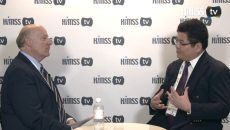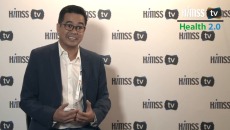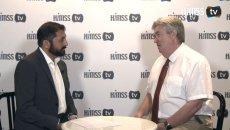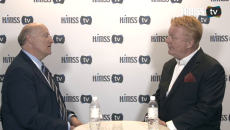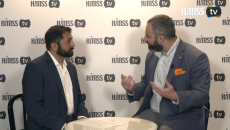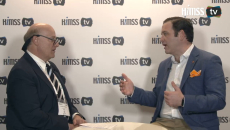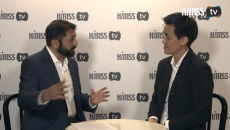Singapore eHealth & Health 2.0 Summit
While AI can help with recognizing patterns and diagnosis, physicians still need to use clinical judgment and manage the patient as a person, says Colin Tan, associate professor of ophthalmology at Duke NUS Medical School.
Syncmed Informatics' niña health app fuses together health baselines with daily habits of patients to generate preventive programs that help reduce health insurance utilization and costs, says CEO Deo Dumaraos.
There are numerous benefits to taking a measured and "start small" approach to healthcare IT compared to a top-down, government approach, says Joe McDonald, director of Connected Health Cities in the UK.
Richard Staynings, an independent executive security leader, says the concept of keeping patients safe is more than just preventing infections and falls but should also include protecting their data from security breaches.
Esteban Rubens, global principal for enterprise imaging at Pure Storage, says data hubs can help organizations get more value out of healthcare data by breaking down data silos.
Josh Gluck, VP of Global Healthcare Technology Strategy at Pure Storage, says there is finally a realization of where AI can have the most impact, and that is in fields such as radiology that have a wealth of data that can be used.
Bruce Leong, director of technology and strategy at Mount Alvernia Hospital in Singapore, discusses the ground-up approach to innovation and collaboration at his ever-evolving organization.
